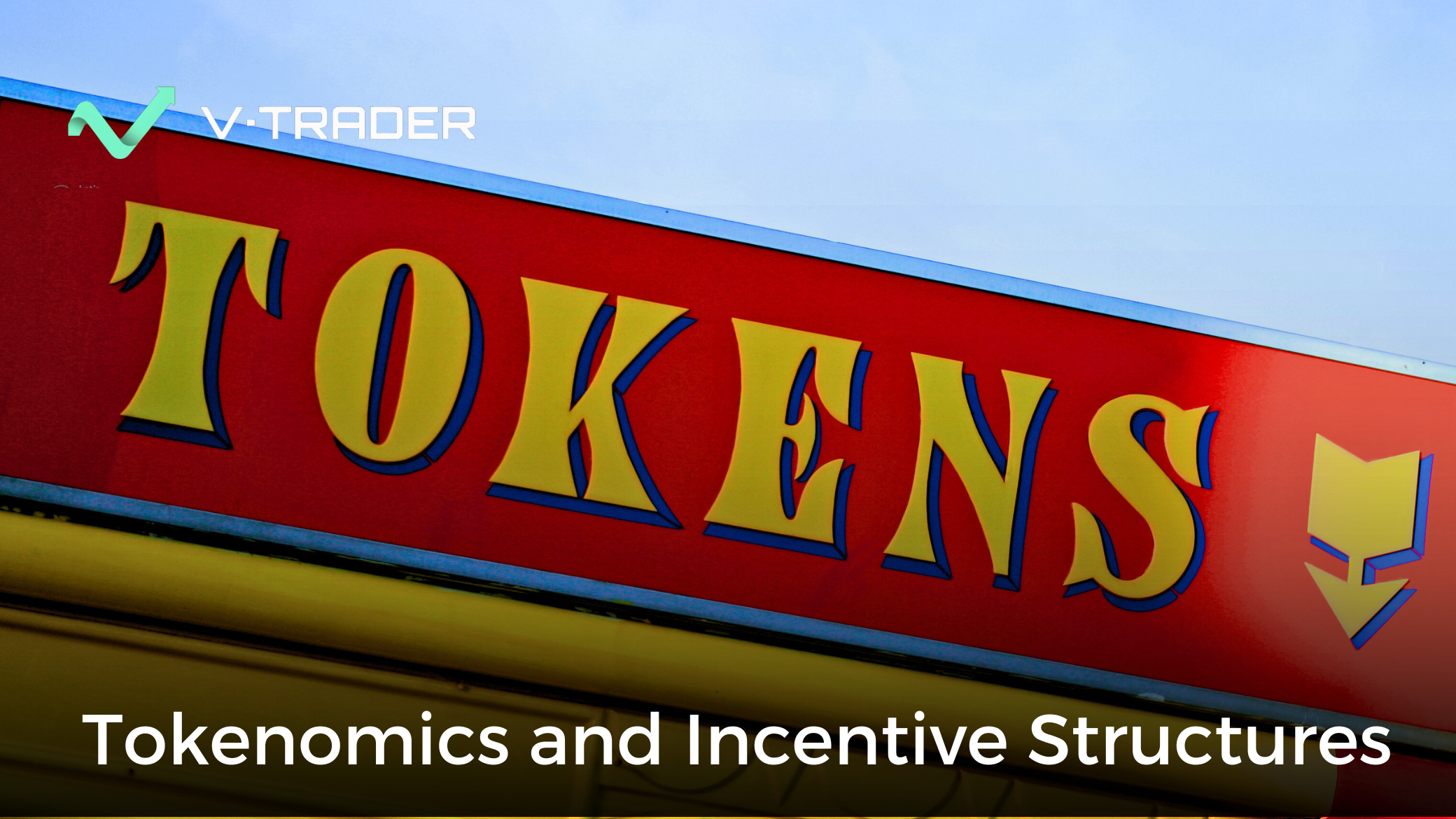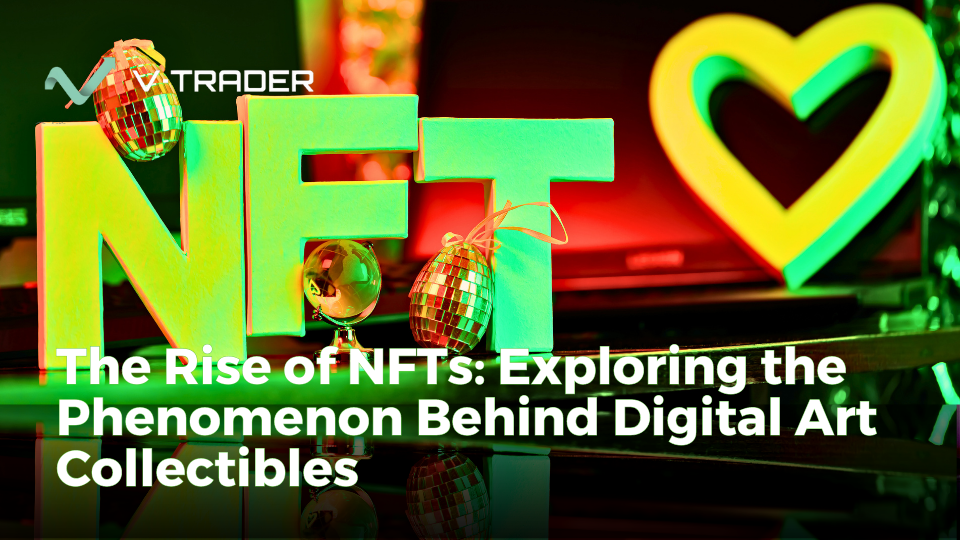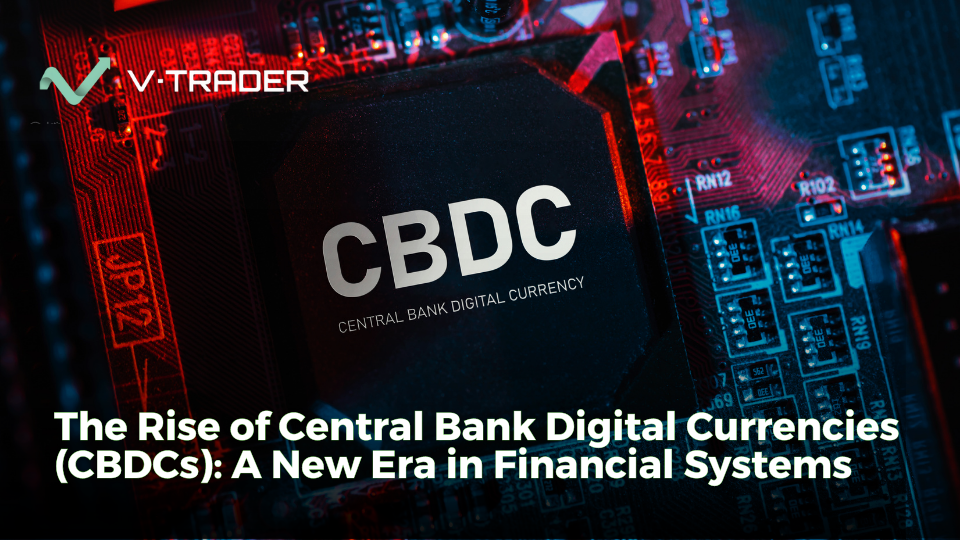Introduction:
The study of tokenomics supports incentive structures and these structures form the rationale for the value of crypto assets and defi protocols. Tokenomics allows blockchain-based protocols and projects to build a unique economy which encourages the positive participation of stakeholders. Without the necessary economic manipulators, the crypto spaces would simply reduce to a system of complex numeric and mathematical rules that are capable of moving value but lack structure, viability, and utility.
Download The vTrader App on Your iPhone
Let’s explain over a cup of tea
Fiat currency has a value that can be equated to the worth of other items and is used to purchase these items alongside other services. A dollar bill would get a Range Rover if it is accepted that its value correlates to that of the vehicle, though that would be in dreamland. So fiat currency can be exchanged for a value because it has value in itself. It gets more complex explaining how fiat money gets its value. Some dynamics include the fact that fiat currencies are backed by the governments that issued them and derive their value through the stability of the governments and their national economy.
While cryptocurrencies and tokens have their value retained based on the trust of blockchain networks and their utility, there is more.
What are they and how do they work
Where a protocol would want to promote and gain stability for their token, there is a need for an incentive to build and hold the value of the token. Most tokens own their value from their utility as well as their network dynamics and influences. This simply refers to usage and acceptability.
Token incentives refer to the tools used by protocols to drive and improve the contributory pace of all members within a defi or web3 protocol, thereby increasing the utility and acceptance of the protocol tokens. They are schemes that create among the members favorable and encouraging circumstances necessary for a successful protocol launch and sustainability. A network protocol would implement crowdsourcing tools to incentivize the members from stakeholders, and miners to other
team players, to encourage them to contribute to the vision of the protocol. This could be in the form of rewarding certain actions with some special benefits or rights. Participants and contributors could be rewarded with the protocol tokens for completing certain tasks. Token incentives are used as a stimulant for growing defi protocols, attracting new members, and improving governance.
Download The vTrader App on Your Android
Token Economic models
Crypto and token economic models appear superior due to the ability to optimize the features of blockchain technology and decentralized system. These models incorporate efficient consensus mechanisms that are used to make decisions based on the of the community. Running on mathematical codes, they serve as great management and governance systems. There are several economic models and they include:
Inflationary model:
This model shares a close resemblance with fiat money. It allows a network or protocol to print more tokens over time without limit. It is, however, more efficient because it is not backed by a single entity but is supported by a decentralized ecosystem and mathematical computations. Though this model has a risk of inflation and token devaluation, it is less complex and enjoys a good measure of trust based on blockchain transparency.
Deflationary model:
Unlike the previous model, a network that adopts the deflationary model would have to set an unchangeable limit to the number of tokens such protocol or network can create. This model creates a natural demand and reduces the risk of inflation. However, there is a limit to the number of tokens created and if circulation is low, the token would risk devaluation.
Multi token model: This economic model proposes the use of two or more distinct tokens on the same blockchain. Usually, one of the two tokens would act as a store of value token and the other, a utility token. The store of value token would generate returns represented as the utility token. This is effective as it creates
sustainability and utility at the same time. The complexity of the model, however, makes it difficult to navigate for an average person.
Asset-backed tokens:
This refers to a model where the tokens are hinged on a real-world or an underlying asset. Tokens under this model would have their value greatly influenced by the value of the underlying asset. A standard example is the Tether which is a token that is backed by the US dollar. Though this model encourages stability and reduces the volatility of such tokens, it reduces transparency and may subject the protocol to external control.
Examples:
The DIMO network rewards people for connecting their vehicles that crowdsources vehicle data. Also, Osmosis held a “fairdrop” of 50 million OSMO tokens to members of the Cosmos Hub, rewarding those who supported securing the network through staking. As an organic engagement design that incentivized participants to explore the ecosystem via tasks and rewarded them with NFTs, Optimism started a program called Quest.
Building incentives
Economic incentives are powerful tools that benefit all stakeholders in a system. By properly incentivizing the network, a token can increase its value and enjoy longevity. It keeps the members motivated and vision driven. It allows the protocol to decide what behaviours to reward or not. To build a successful and effective incentive design, the protocol would have to understand its goals, conduct research, and undergo some experiments. This is because each project is significantly unique though they may share some similar features. When crowdsourcing, it is important to identify goals such as growing an organic community, equity distribution, and fees. By seeking out and identifying the right combination of incentives, protocols can maximize their product market, identify scalable solutions, and optimize value transfers between stakeholders.
Written by Nwogu Ihuoma
Check out our Ethereum Gas Fee App on App Store.
Check out our Ethereum Gas Fee App on Play Store.
Join the conversation on Twitter: Click here.
For media inquiries or interviews, please get in touch with us here.
About vTrader News:
vTrader News is a renowned international platform with comprehensive cryptocurrency, business, finance, technology, and entrepreneurship coverage.
With a global readership, vTrader News provides unparalleled insights into the latest developments shaping the world of cryptocurrency, finance, and other emerging industries.
Learn More About vTrader: Click here.

Steve Gregory is a lawyer in the United States who specializes in licensing for cryptocurrency companies and products. Steve began his career as an attorney in 2015 but made the switch to working in cryptocurrency full time shortly after joining the original team at Gemini Trust Company, an early cryptocurrency exchange based in New York City. Steve then joined CEX.io and was able to launch their regulated US-based cryptocurrency. Steve then went on to become the CEO at currency.com when he ran for four years and was able to lead currency.com to being fully acquired in 2025.



Whats up! I just want to give a huge thumbs up for the good data you’ve gotten right here on this post. I might be coming back to your blog for more soon.
Thank you!